Understand
Welcome to Bluefields, the vibrant capital of the Southern Autonomous Region on the Atlantic coast of Nicaragua! This unique city has a rich history that sets it apart from the rest of Latin America. Unlike the west, which was colonized by Spain and lost its indigenous cultures, the east coast was colonized by Great Britain, allowing for the survival of indigenous groups like the Miskitu, Sumu, and Rama, as well as multi-ethnic communities such as the Creole and Garifunu. However, the differences between the two regions became even more pronounced when the Spanish-speaking Nicaraguan military invaded the Caribbean coast in 1894. This led to a clash between the locals, known as the Costeos, and the government's attempts to impose the dominance of Mestizo culture. Indigenous cultures and languages were even forbidden by decree, while foreign interests exploited the region's natural resources without benefiting the local population. Thankfully, the Autonomy Law implemented in 1987 aimed to address the injustices caused by centuries of colonialism. Despite facing opposition, this law sought to recognize and protect the diverse cultural heritage of the people of Bluefields. Today, the community embraces its combined heritage of escaped slaves, indigenous groups, and Spanish settlers, creating a vibrant and diverse atmosphere. The language most commonly spoken is a lively Creole of English, while Spanish serves as a second or third language for many. Throughout the region, you can encounter people from six different ethnicities: Black/Creole, Mestizo, Miskito, Rama, Sumu, and Garifuna. Get ready for an incredible cultural experience!
Map & Climate
Popular Foods
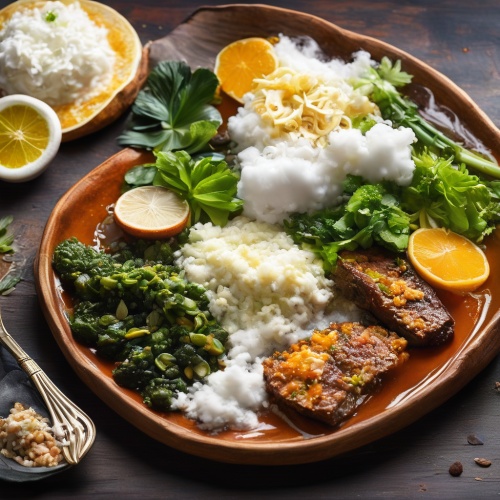 Nacatamales - Nacatamales are a traditional Nicaraguan dish consisting of masa (corn dough), cooked in banana leaves, filled with meat, beans, and spices. The filling typically includes pork, chicken, or beef, along with olives, plantains, and cheese. It's a hearty and flavorful meal often enjoyed for breakfast or brunch.
Nacatamales - Nacatamales are a traditional Nicaraguan dish consisting of masa (corn dough), cooked in banana leaves, filled with meat, beans, and spices. The filling typically includes pork, chicken, or beef, along with olives, plantains, and cheese. It's a hearty and flavorful meal often enjoyed for breakfast or brunch.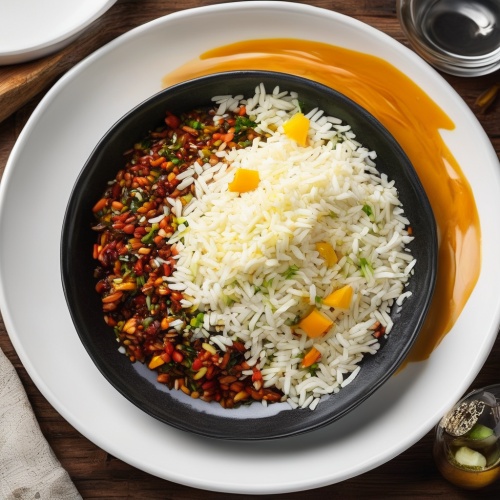 Gallopinto - Gallopinto is a popular Nicaraguan dish made from rice and black beans cooked together with various meats, such as pork, beef, or chicken. The name comes from the Spanish word "gallo," meaning rooster, and "pinto," referring to the speckled appearance of the dish. It is a versatile meal that can be eaten for breakfast, lunch, or dinner, often accompanied by plantains, avocado, and tortillas.
Gallopinto - Gallopinto is a popular Nicaraguan dish made from rice and black beans cooked together with various meats, such as pork, beef, or chicken. The name comes from the Spanish word "gallo," meaning rooster, and "pinto," referring to the speckled appearance of the dish. It is a versatile meal that can be eaten for breakfast, lunch, or dinner, often accompanied by plantains, avocado, and tortillas.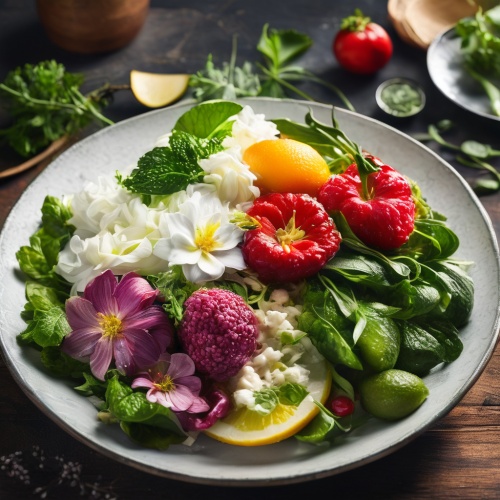 Vigorón - Vigorón is a traditional Nicaraguan soup featuring thick chunks of yucca (cassava) in a rich broth, often containing meat, such as pork or chicken. The soup also includes ingredients like onions, garlic, tomatoes, peppers, and cumin, giving it a robust and slightly spicy flavor. Vigorón is typically served with side dishes like tortillas, sour cream, and cheese, making it a fulfilling and appetizing meal.
Vigorón - Vigorón is a traditional Nicaraguan soup featuring thick chunks of yucca (cassava) in a rich broth, often containing meat, such as pork or chicken. The soup also includes ingredients like onions, garlic, tomatoes, peppers, and cumin, giving it a robust and slightly spicy flavor. Vigorón is typically served with side dishes like tortillas, sour cream, and cheese, making it a fulfilling and appetizing meal.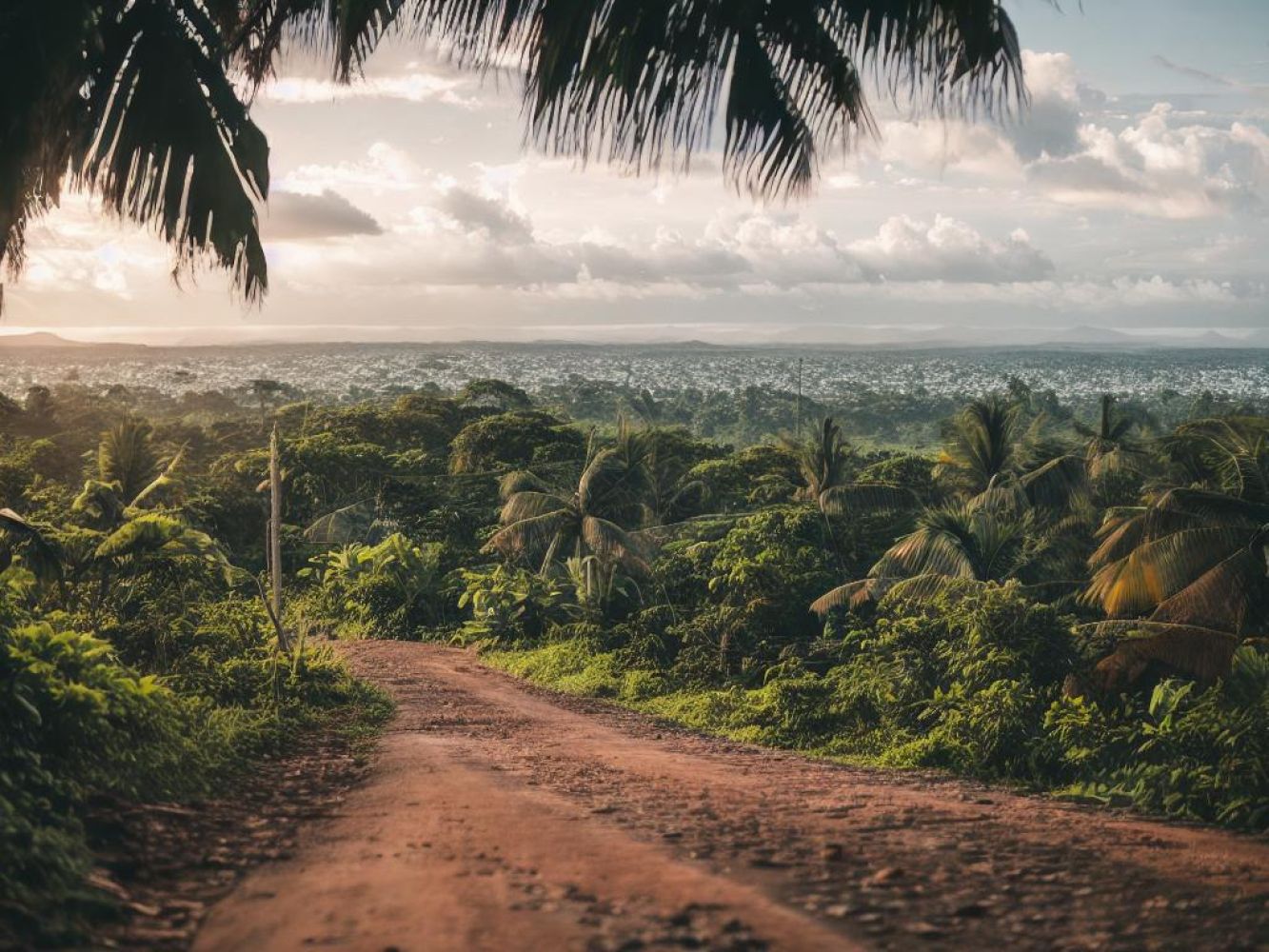
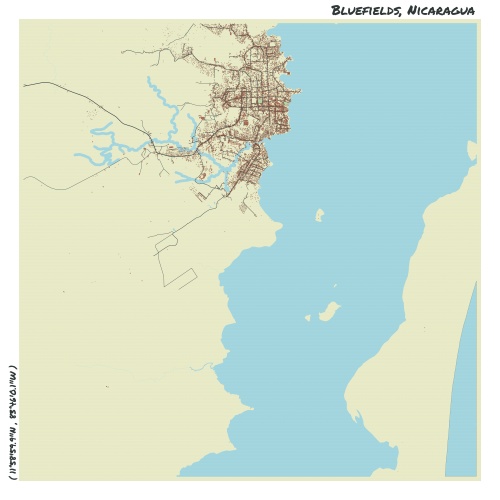

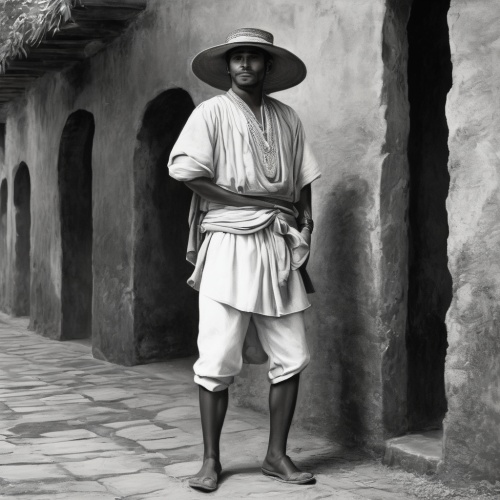
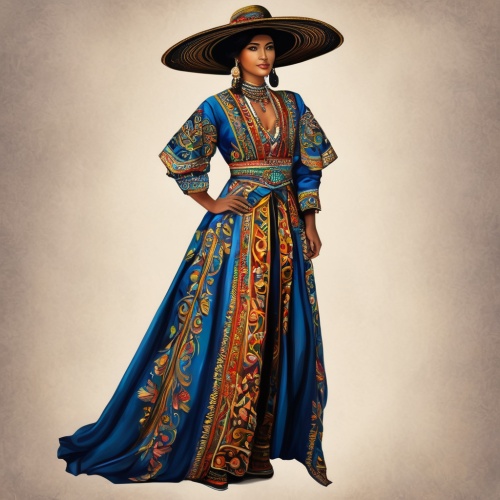
Comments
NO COMMENTS